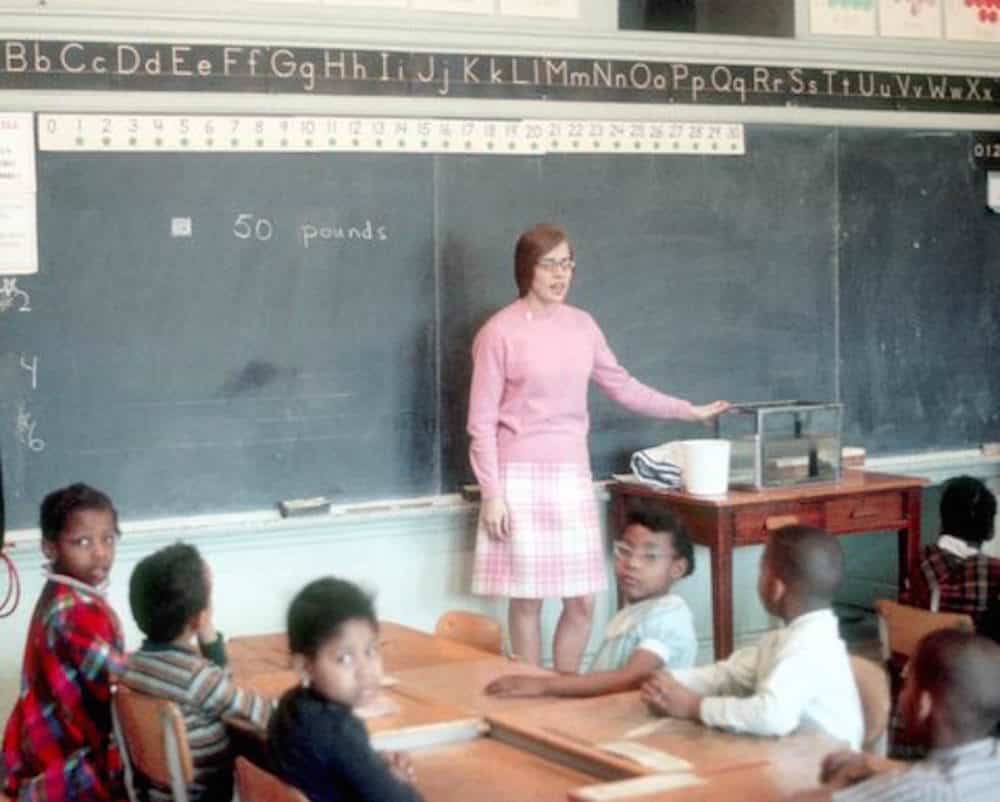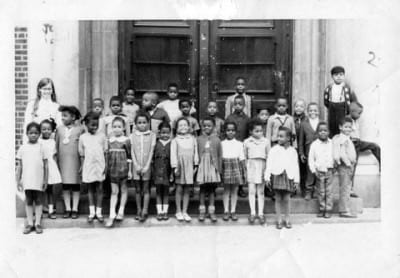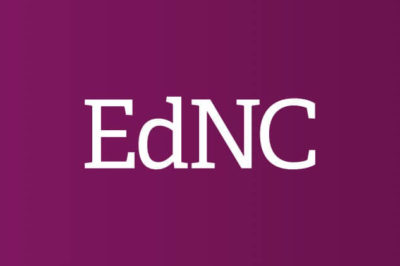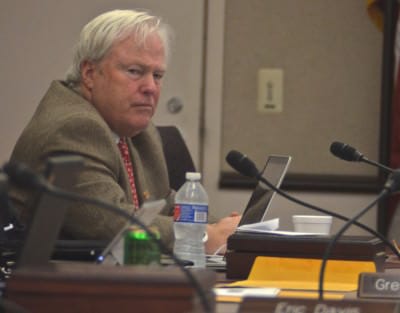

This op-ed was originally published in The Charlotte Observer on February 20, 2015.
Forty-five years ago, my mother became a teacher. In many ways, her choice made itself. She and my dad were just getting started and teaching gave a young woman entering the workforce in the ’60s a chance to make both a living and an impact. She spent four and a half decades doing just that.


So what do we do about it? If we believe effective, experienced educators make up a critical piece of the talent puzzle, how do we buck the trends? And how do we do this in schools serving low-income students of color – the places where finding and keeping teachers is hardest and failure to do so costs students most dearly?
Every day, I talk with people either making the choice to bring their talents to the classroom or deciding to keep them there. From these conversations, I’ve learned two things. First, when it comes to attracting the creative, entrepreneurial, committed people we want in our classrooms, teaching has a leg up. No profession offers people looking to make an impact quite such a significant opportunity to do so.
Second, I’ve learned that creative, entrepreneurial, committed people want other things, too. They want to be rewarded for outstanding work. They expect to have the flexibility to experiment and excel. They need a picture of excellence and to believe they have a path to reaching it.
As we consider how to build the teaching force our kids need, we have to keep all of this in mind. That means paying teachers more – both at the baseline and in relation to their effectiveness. It means holding people responsible for results without relying on metrics that squelch their imagination or individuality. It means empowering principals to create flexible roles and responsibilities that speak to an educator’s unique skills and spirit. Where once we just had to get teachers in the door, we now have to build career teachers one year at a time – fighting for their incredible expertise and inspiring energy at every juncture.
In the days ahead, we who believe in the promise of public education will have the chance to prove it. Along the way, we’ll have to resist the urge to villainize someone – be it the Millennial-gen teachers we write off as too green or the veteran educators we accuse of staying too long – and recognize the unique opportunities and challenges we face. With all the forces threatening to pull it apart, building the workforce that will deliver on the promise of public education won’t be easy. But with the stakes so high, it also can’t wait.
Let’s build and become the teachers our kids need – one inspiring classroom and first-day-of-school at a time.




